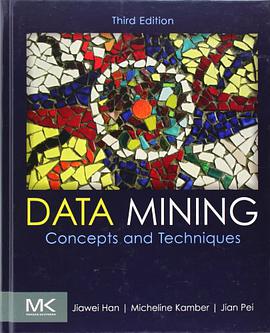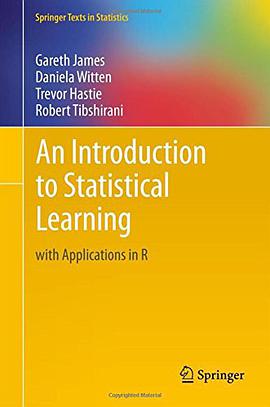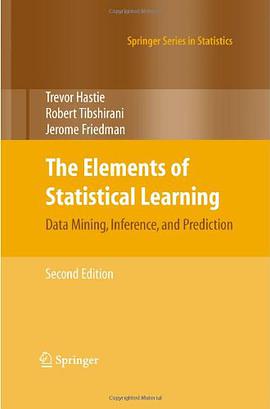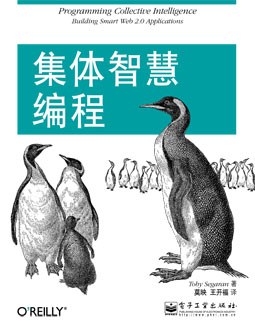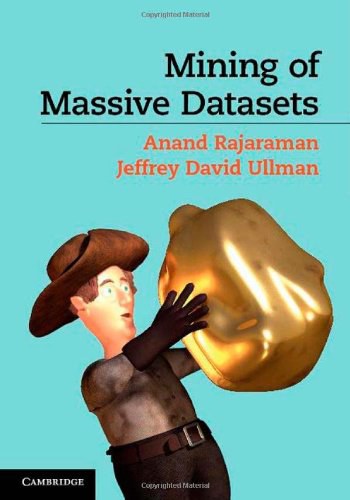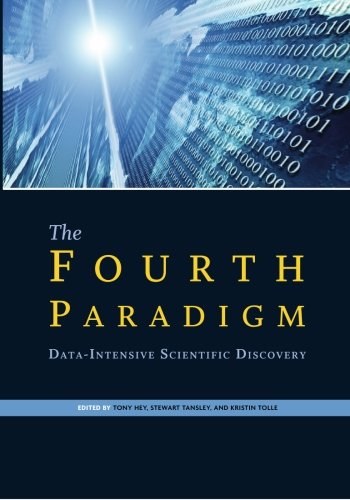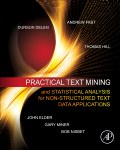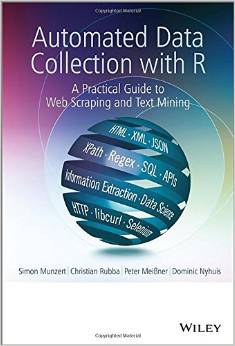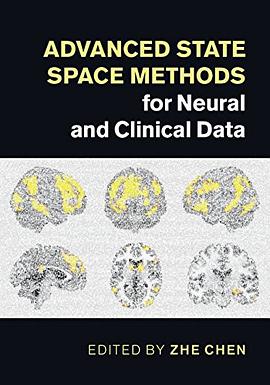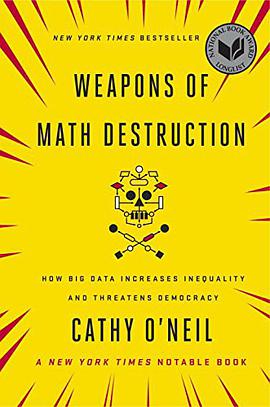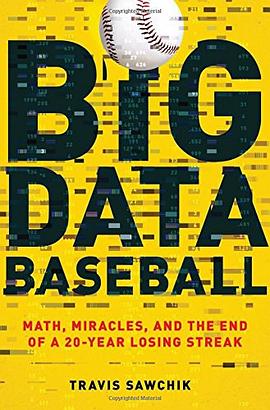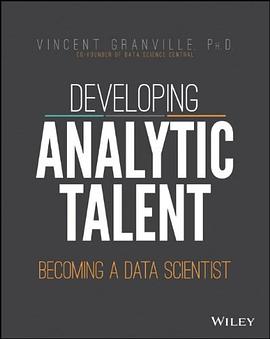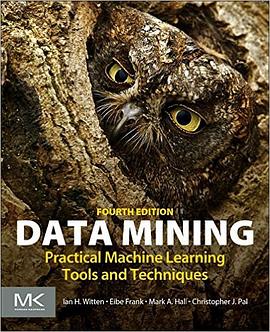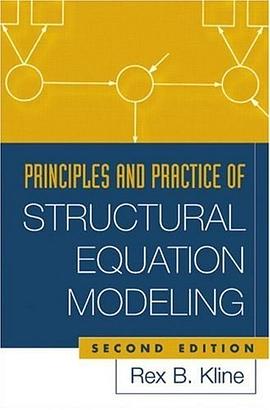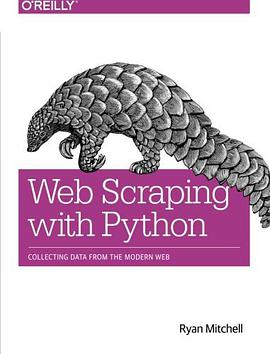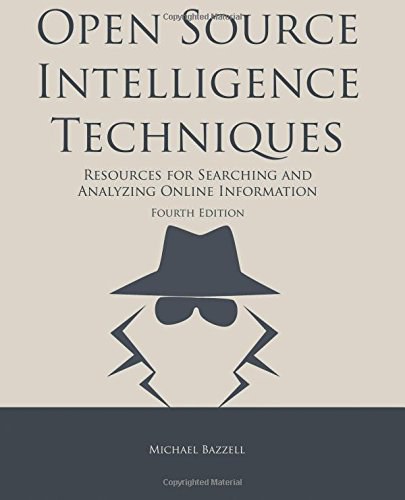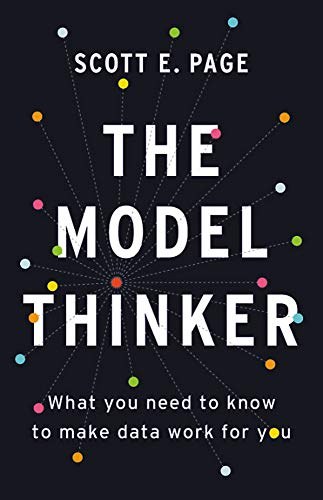Data Mining 豆瓣
作者:
Jiawei Han
/
Micheline Kamber
…
Morgan Kaufmann
2011
- 7
The increasing volume of data in modern business and science calls for more complex and sophisticated tools. Although advances in data mining technology have made extensive data collection much easier, it's still always evolving and there is a constant need for new techniques and tools that can help us transform this data into useful information and knowledge. Since the previous edition's publication, great advances have been made in the field of data mining. Not only does the third of edition of Data Mining: Concepts and Techniques continue the tradition of equipping you with an understanding and application of the theory and practice of discovering patterns hidden in large data sets, it also focuses on new, important topics in the field: data warehouses and data cube technology, mining stream, mining social networks, and mining spatial, multimedia and other complex data. Each chapter is a stand-alone guide to a critical topic, presenting proven algorithms and sound implementations ready to be used directly or with strategic modification against live data. This is the resource you need if you want to apply today's most powerful data mining techniques to meet real business challenges.
* Presents dozens of algorithms and implementation examples, all in pseudo-code and suitable for use in real-world, large-scale data mining projects. * Addresses advanced topics such as mining object-relational databases, spatial databases, multimedia databases, time-series databases, text databases, the World Wide Web, and applications in several fields. *Provides a comprehensive, practical look at the concepts and techniques you need to get the most out of your data
* Presents dozens of algorithms and implementation examples, all in pseudo-code and suitable for use in real-world, large-scale data mining projects. * Addresses advanced topics such as mining object-relational databases, spatial databases, multimedia databases, time-series databases, text databases, the World Wide Web, and applications in several fields. *Provides a comprehensive, practical look at the concepts and techniques you need to get the most out of your data
